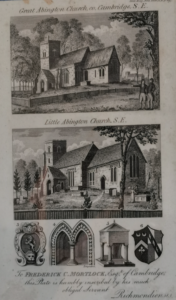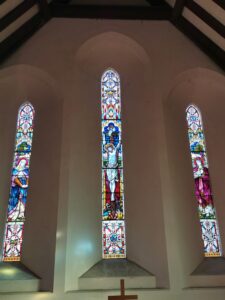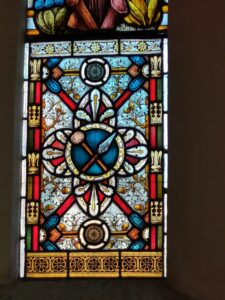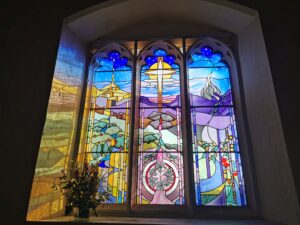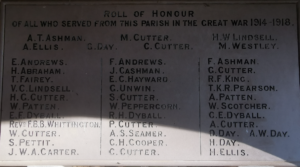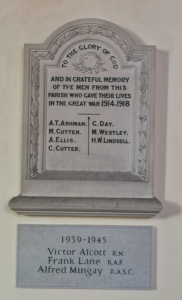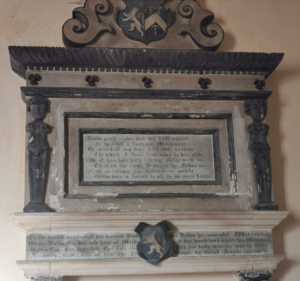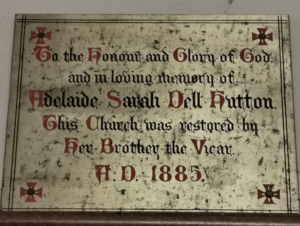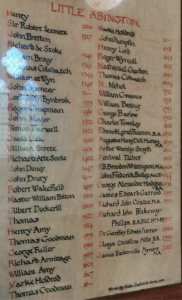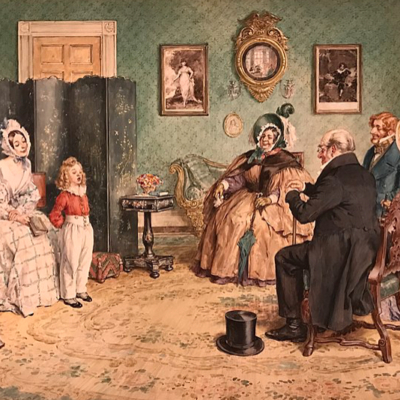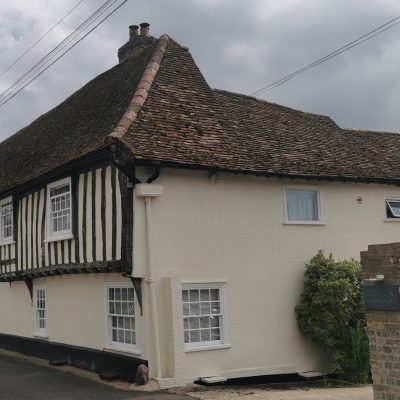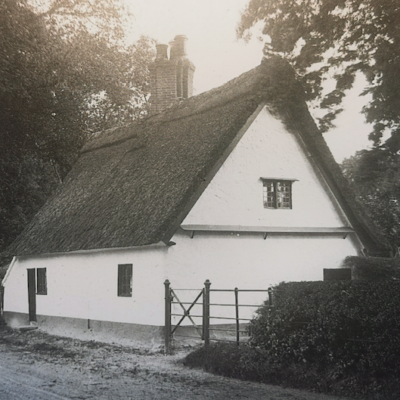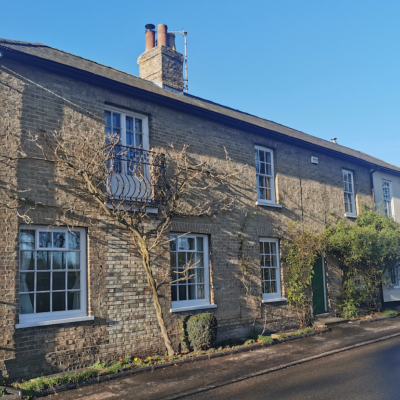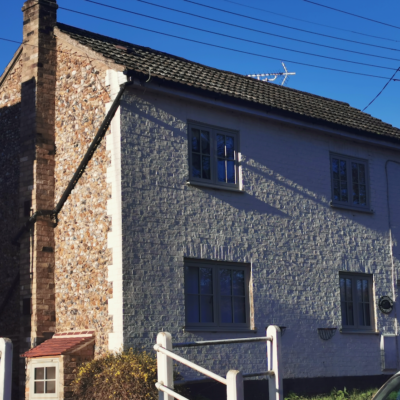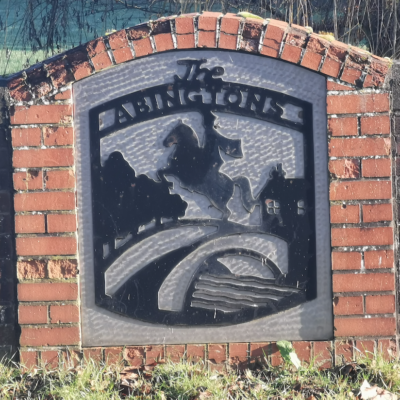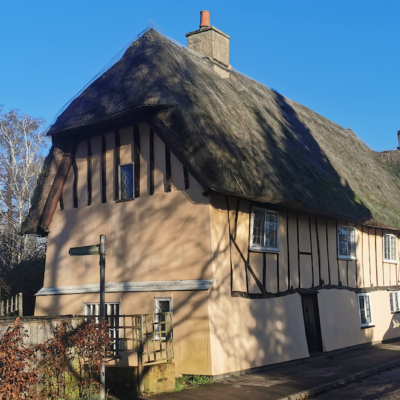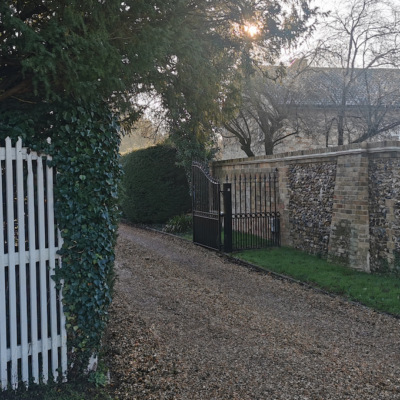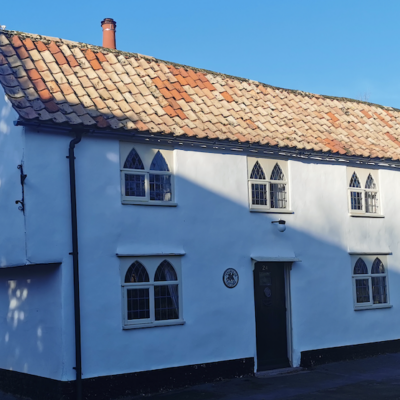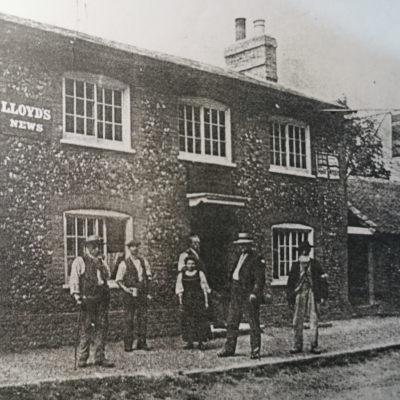Search by topic
- archaeology
- Building of Local Interest
- charity
- church
- crime
- dressmaker
- fire
- Great Eastern Railway
- Listed building
- Mapping Relief
- medieval
- oral history
- poverty
- Public House
- Rattee & Kett
- Religious House
- Roman
- scholar
- school
- Then and Now
- tudor
- women
- work
- world war one
- world war two
Search by text
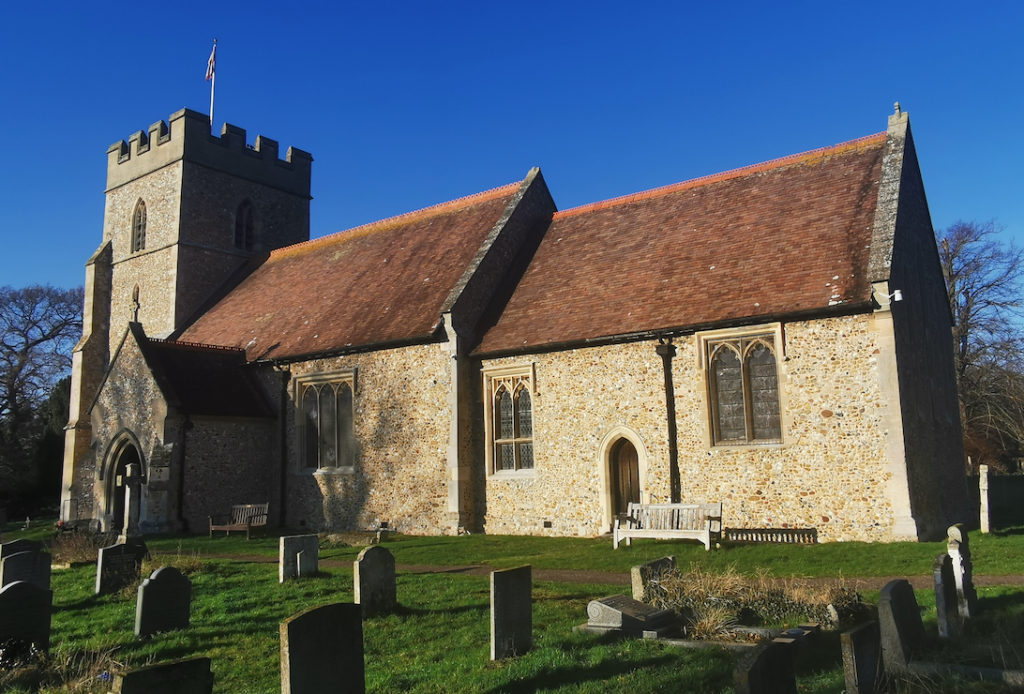 St Mary the Virgin, Little Abington
St Mary the Virgin, Little AbingtonSt Mary the Virgin, Church Lane, Little Abington
History of St Mary the Virgin
Listed Building:
Parish Church. C11 nave and base of tower, chancel early C13 and north chapel later C13, west tower rebuilt early C14, south porch c.1500. Restoration 1885 at expense of vicar A.H.D. Hutton, and architect J.P. St Aubyn employing Mr Rickett, stone mason. Walls of flint rubble with clunch and limestone dressings, C19 red plain tiled roof with patterned ridge tiles.
This church had a thatched roof until the 17th century. It was throughly restored in 1885, at the expense of the vicar, by Mr Rickett, the local stonemason, who left his memoirs. He tells us of ‘the old church clerk who took charge of us boys and was sometimes called the ‘Dog Rapper’. He had a very long stick which he could reach all sleepers with.’
For more about the life and works of Charles Kempe see:
Contribute
Do you have any information about the people or places in this article? If so, then please let us know using the Contact page or by emailing capturingcambridge@
License
This work is licensed under CC BY-NC-SA 4.0





